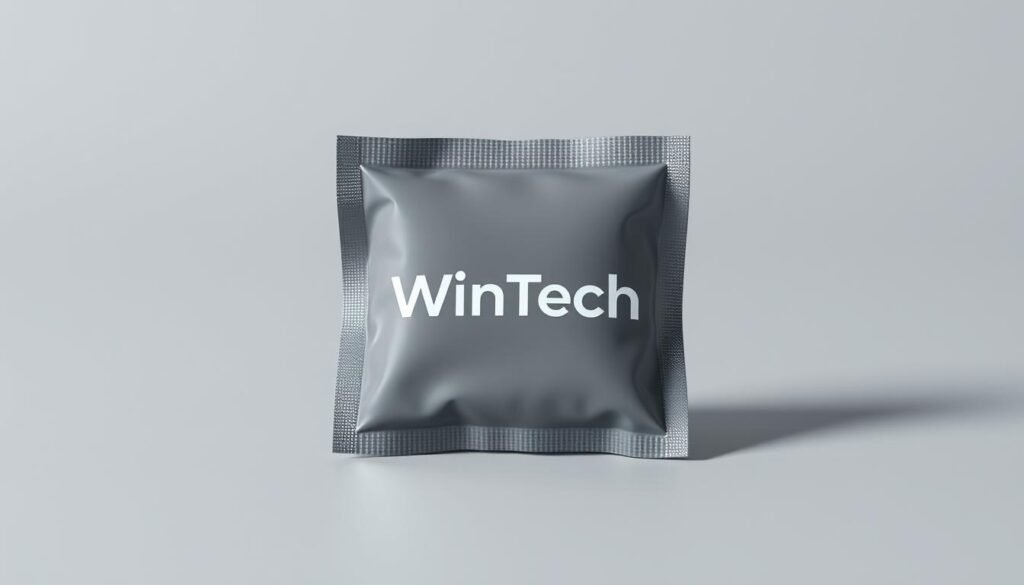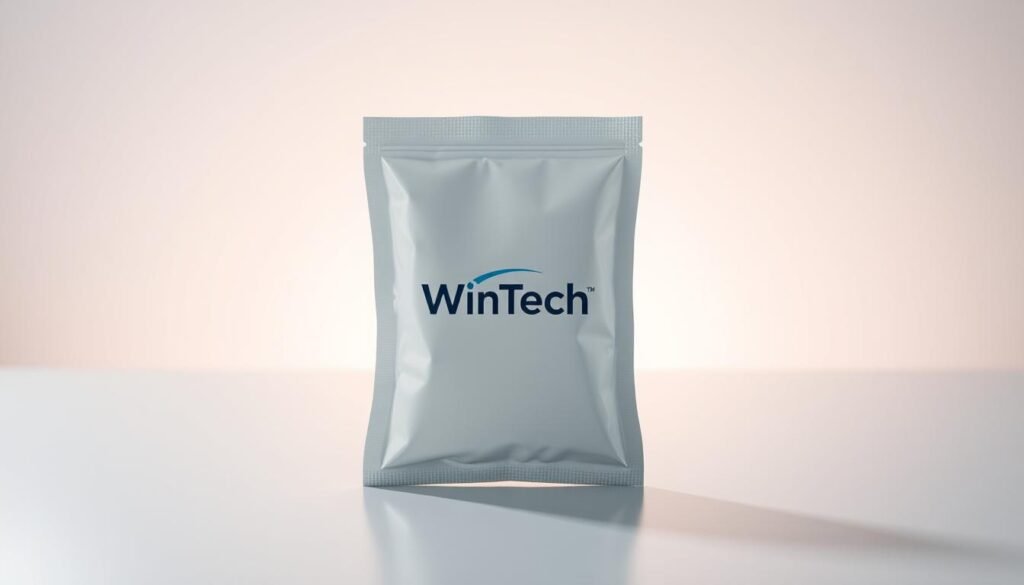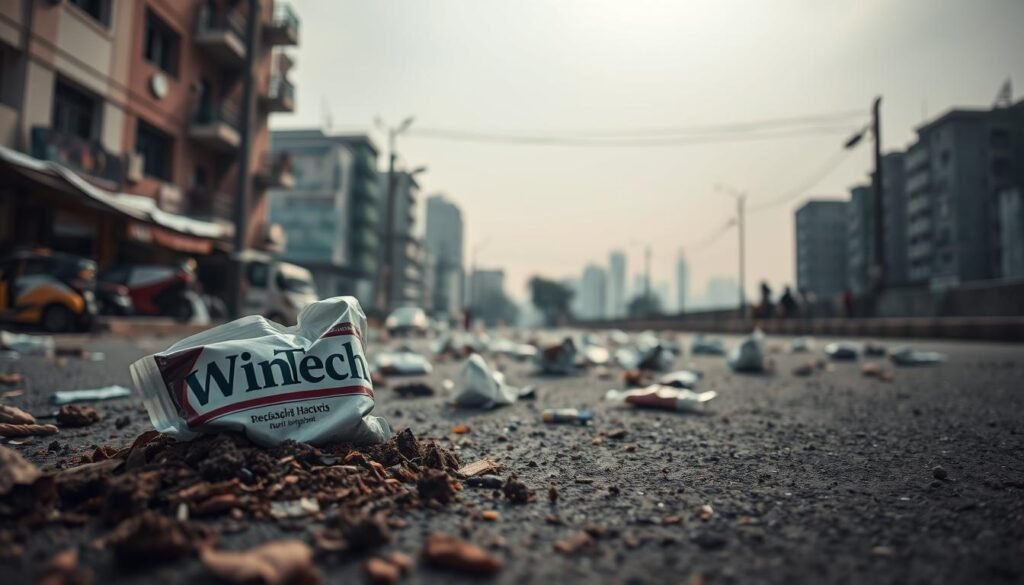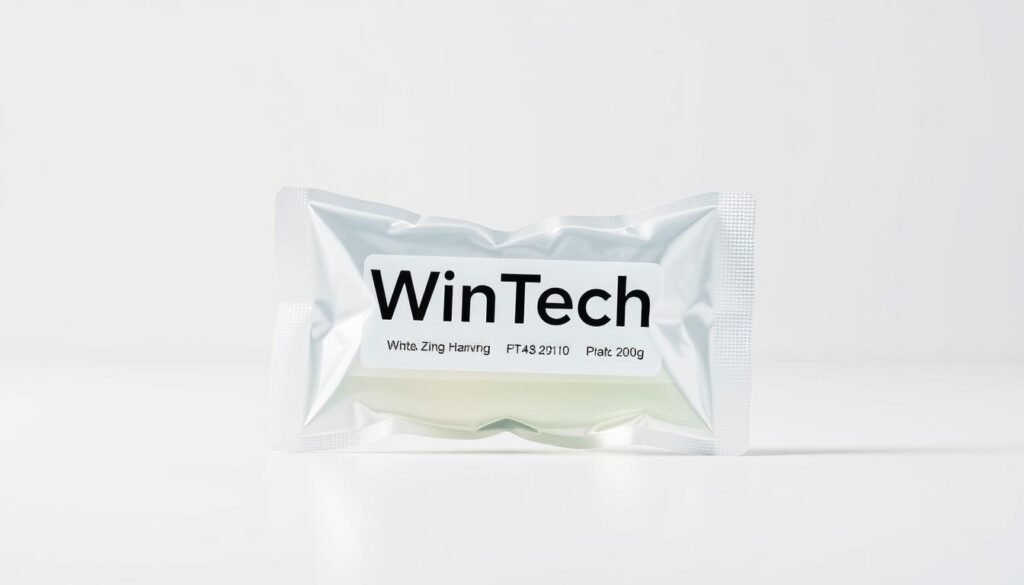What are Sachets – Have you ever wondered how sensitive products, like pharmaceuticals and cosmetics, maintain their potency and freshness? The answer lies in the packaging. Specifically, in the use of sachets.
Sachets, small sealed packets designed to hold a precise amount of product, are revolutionizing the way businesses package sensitive goods. By providing a barrier against moisture, light, and oxygen, sachets ensure dosage accuracy and convenience for consumers.
As a consumer, you benefit from sachets through accurate dosing and reduced waste. Businesses also gain from the cost-effectiveness and environmental sustainability of sachets.
Key Takeaways
- What are Sachets – Sachets are designed for precise product measurement.
- They provide a barrier against environmental factors.
- Sachets enhance consumer convenience and compliance.
- They are cost-effective and reduce packaging waste.
- Sachets contribute to environmental sustainability.
What are Sachets? Understanding the Basics
To understand the role of sachets in packaging, it’s crucial to first grasp what are sachets and their fundamental characteristics. What are sachets? Sachets are small, sealed packets used for packaging a wide range of products, from pharmaceuticals to cosmetics and food items. Understanding what are sachets is essential for appreciating their convenience, precision, and ability to preserve product freshness.

Composition of Sachets
What are sachets made of? The materials used for sachets vary, but they are typically made of multi-layer laminates that provide barrier protection against moisture, light, and oxygen. These materials are crucial for maintaining the quality and shelf life of the packaged product. The composition of sachets can be tailored to suit the specific needs of the product they contain.
Different Types of Sachets
Sachets come in various forms, each designed for specific applications. What are sachets, and what are their types? The main types include flat sachets, pillow sachets, and shaped sachets. Flat sachets are ideal for products that require a compact packaging solution, while pillow sachets are often used for their aesthetic appeal and ability to stand out on store shelves. Shaped sachets are designed to fit specific product shapes, enhancing the overall packaging efficiency.
Applications of Sachets Across Industries
How are sachets used in various industries? Sachets are utilized across multiple sectors, including pharmaceuticals, cosmetics, and food, due to their convenience, cost-effectiveness, and ability to extend shelf life. In the pharmaceutical industry, sachets are used to package precise doses of medication. In cosmetics, they are used for single-use samples or travel-sized products. The food industry benefits from sachets through the packaging of spices, coffee, and other consumables.
What are Sachets? Benefits for Sensitive Products
When it comes to packaging sensitive products, sachets offer a reliable solution that ensures accuracy, convenience, and extended shelf life. You can rely on sachets to provide precise, pre-measured doses of product, reducing the risk of contamination and errors. What are sachets, and how do they achieve this? Simply put, sachets are small, sealed packets designed to protect the contents from external factors.
Ensuring Dosage Accuracy with Sachets
Sachets ensure dosage accuracy by providing individual servings of product, eliminating the need for measuring and reducing the risk of human error. This is particularly important in industries such as pharmaceuticals, where precise dosing is critical. For instance, a study found that sachet packaging reduced dosing errors by up to 90% in certain medications.
| Industry | Benefits of Sachet Packaging | Examples |
|---|---|---|
| Pharmaceuticals | Precise dosing, reduced contamination | Medications, vaccines |
| Cosmetics | Convenient, portable, hygienic | Skincare samples, fragrances |
| Food and Beverage | Single-serving portions, extended shelf life | Coffee, spices, condiments |
Shelf Life Extension through Sachets
Sachets extend shelf life by protecting the contents from external factors such as moisture, light, and air, which can degrade the quality of the product. By minimizing exposure to these elements, sachets help maintain the product’s efficacy and freshness. For example, sachet packaging can extend the shelf life of fragrances by up to 2 years.

The Convenience of Single-Use Sachets
The convenience of single-use sachets lies in their portability, ease of use, and reduced waste. You can easily carry sachets with you, making them ideal for on-the-go consumers. Additionally, sachets eliminate the need for measuring and reduce the risk of spills, making them a convenient solution for consumers.
In conclusion, sachets offer numerous benefits for sensitive products, including dosage accuracy, shelf life extension, and convenience. By understanding what sachets are and their advantages, you can make informed decisions about packaging solutions for your products.
What are Sachets? Their Environmental Impact
As we explore the world of sachets, it’s essential to consider their environmental impact. What are sachets, and how do they affect the environment? Sachets are small, sealed packets used for packaging various products, and their environmental impact is a growing concern. What are sachets, and what are their environmental implications? The production and disposal of sachets contribute to packaging waste, pollution, and environmental degradation.
What are sachets, and how can their environmental impact be mitigated? Understanding the basics of sachets and their role in packaging is crucial to addressing their environmental implications. What are sachets made of, and how do their materials affect the environment? Sachets are typically made from a combination of materials, including plastics, papers, and foils, which can be difficult to recycle.

Eco-Friendly Alternatives
Sustainable options for sachets are becoming increasingly important as consumers and manufacturers seek to reduce their environmental footprint. What are sachets, and how can they be made more sustainable? Biodegradable materials, reduced packaging size, and recyclable designs are some of the ways to make sachets more eco-friendly.
Some companies are exploring innovative materials and designs to minimize the environmental impact of sachets. For instance, using plant-based materials or edible packaging can significantly reduce waste. “The future of packaging lies in sustainable materials and designs that minimize waste and promote recycling,” says a packaging expert.
Recycling and Disposal
Proper recycling and disposal of sachets are critical to reducing their environmental impact. What are sachets, and how can they be recycled? Sachets can be recycled through specialized programs or facilities that accept multi-material packaging.
Consumers play a vital role in ensuring that sachets are disposed of correctly. By participating in recycling programs or properly disposing of sachets in designated bins, consumers can contribute to reducing waste and promoting sustainability.
Consumer Awareness and Education
Consumer awareness and education are essential to promoting sustainable practices and reducing the environmental impact of sachets. What are sachets, and how can consumers make informed choices? By understanding the environmental implications of sachets and the benefits of sustainable packaging, consumers can drive demand for eco-friendly products.
Educating consumers about the importance of proper disposal and recycling can significantly reduce the environmental footprint of sachets. As one expert notes, “Consumer education is key to promoting sustainable packaging solutions and reducing waste.”
What are Sachets? Innovations and Trends
You’ve learned about the basics of sachets, their benefits, and their environmental impact. Now, let’s explore the innovations and trends shaping the future of sachet technology. Advances in materials science and manufacturing processes are driving the development of more sustainable and efficient sachets.
Advancements in Materials and Design
Technological advancements in sachet design are focused on improving functionality and reducing environmental footprint. New materials and production techniques are being developed to create sachets that are more durable, flexible, and recyclable. You can expect to see more innovative designs that enhance the user experience and provide better protection for sensitive products.
Emerging Trends and Future Outlook
Emerging trends in sachet usage include the growing demand for single-serve packaging in the pharmaceutical and personal care industries. As consumers become more environmentally conscious, the demand for eco-friendly sachets is on the rise. The future outlook for sachets is promising, with continued innovations expected to enhance their benefits and applications. By understanding what are sachets and their role in packaging, you can appreciate the impact of these trends on the industry.

